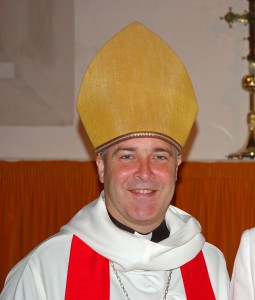 This is a workshop given by Melissa Graham Burke at the Vital Church Planting Conference 2011.
This is a workshop given by Melissa Graham Burke at the Vital Church Planting Conference 2011.
Length: 1h:13m
[podcast]http://institute.wycliffecollege.ca/resources/Starting and Restarting Community in Every Generation Melissa Graham Burke.mp3[/podcast]
 Subscribe to all our Podcasts here
Subscribe to all our Podcasts here
Open post to play audio recording






